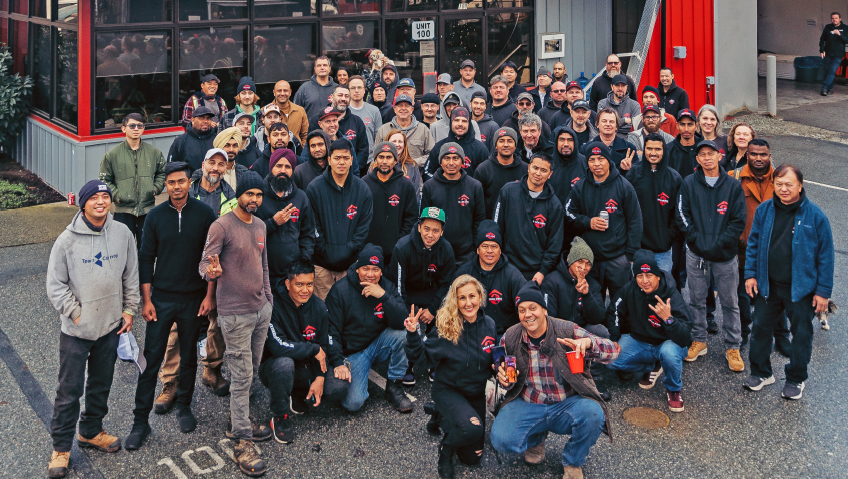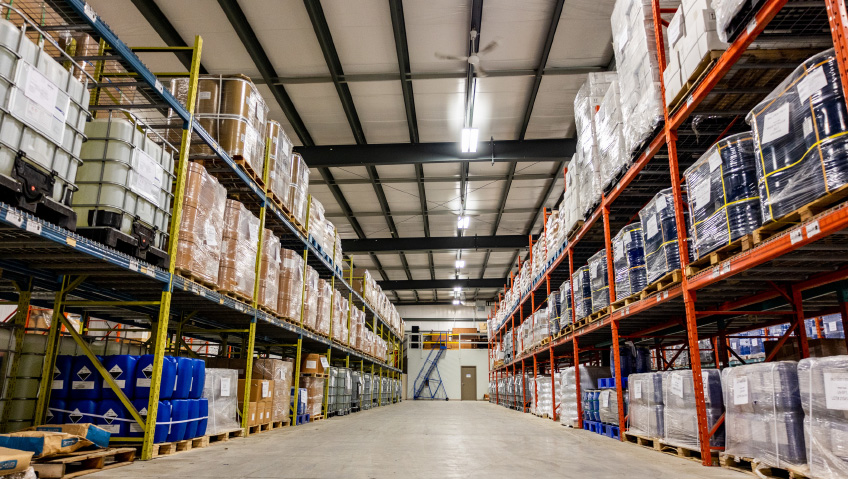Work can be stressful in any industry, whether your team is tackling a new project, changing to accommodate new clients or new management, scrambling under tight deadlines, or sometimes, just going through the daily grind. When you add in rising inflation, living expenses, and life uncertainty, there can be a lot eating away at everyone’s calm and composure.
The pandemic further impacted the burden of mental health conditions with anxiety over COVID-19 restrictions, job loss, and the abrupt shift to online work and virtual learning. Many health experts say the silver lining of the pandemic is that it has brought mental health concerns and workplace burnout to the forefront.
Have things changed? To a degree, yes. Over the past three years, we’ve seen employee programs boom as company leaders expanded their health and wellbeing benefits. However, while employers have spent almost 20 percent more on their employees since 2020, according to the U.S. Bureau of Labor Statistics, employees report they are still not getting the support they need. The workforce is feeling the pressure of the turbulent economic environment, and employee turnover and disengagement can cost businesses millions in lost productivity every year.
Employee turnover alone can set employers back as much as 33 percent of an employee’s annual salary, Forbes reports. The culprit is the hiring of a replacement: the fees to recruiters or advertising, onboarding and training time, and costs that come with new employees understandably not performing at a high level while they’re still in training.
“External hires demand 18 to 20 percent more in salary than internal hires,” Stephen King, President and CEO of GrowthForce, told Forbes. King adds that it typically “takes eight to 12 weeks to replace a knowledge worker, and then another month or two before the replacement gets to full productivity mode.” So, if the person who left the company was bringing in $100,000 in revenue, that means your company will see $25,000 less in income and profits for the next three months or so, until the new hire gets to know the ropes.
Another cost is that your other employees, likely working at full capacity already, are taking on additional work while all this is happening. This can damage morale, and friends of the former employee may also become sad or resentful and question whether they should plan their exit as well.
The situation can be even more challenging in the skilled trades, writes Christopher Brenchley, CEO of SureHand, in his report on the hidden costs of hiring.
“As the Generation X and Baby Boomer generations reach or exceed retirement age in the skilled trades, there are fewer workers entering these industries to fill the gaps,” he writes. “A steady emphasis at the high school level on graduates favouring two- or four-year college degree programs versus vocational school or apprenticeship programs has reduced the number of incoming trades professionals.”
The American Welding Society estimates that there will be a shortage of 400,000 welding operators by 2024. And in Canada, one-fifth of the construction workforce is nearing retirement as the industry struggles to recruit new workers to fill a gap of 80,000 vacancies, according to a 2023 report by CIBC deputy chief economist Benjamin Tal.
As Brenchley notes, filling roles in industrial inspection and quality assurance are just two areas of concern, made more complicated by fragmented industry certifications and updated codes, specialized skills and equipment, and heavy workloads that all exacerbate the talent acquisition challenge.
Looking at mental health supports can help attract and retain talent—and deliver on your bottom line. There’s a growing body of research on the effects of poor workplace mental health linked with negative consequences. Beyond high staff turnover, there’s the issue of lower engagement and decreased productivity. Loss of productivity can happen both with absenteeism from work and coming to work but doing the tasks with impaired functioning. But, while you can’t miss the headlines about disturbing rates of obesity, diabetes, and heart disease, it’s the mental health conditions like depression and anxiety that are the leading cause of workplace absenteeism and productivity losses in most middle- to high-income countries.
The American Psychiatric Association reports that employees with unresolved depression experience a 35 percent reduction in productivity, which is estimated to contribute to a loss of $210.5 billion a year for the U.S. economy. It’s a serious issue that needs to be addressed.
As the World Health Organization (WHO) says, “Workplaces that promote mental health and support people with mental disorders are more likely to reduce absenteeism, increase productivity, and benefit from associated economic gains.” Those economic gains could be meaningful: depression and anxiety cost the global economy some $1 trillion per year in lost productivity.
How common are mental health conditions? WHO reports that 15 percent of working-age adults were estimated to have a mental disorder in 2019. Johns Hopkins Medicine notes an estimated 26 percent of Americans ages 18 and older—about one in four adults—suffer from a diagnosable mental disorder in a given year. Many people suffer from more than one mental disorder at a given time, and depressive illnesses in particular tend to co-occur with substance use and anxiety disorders. People are hurting and companies need to understand that a healthy, positive work culture will attract and retain talent and deliver on the bottom line.
Consider that about 63 percent of Americans are part of the U.S. labour force, so the workplace can be a key location for strategies to improve wellbeing among adults. Workplace wellness programs can identify those at risk, connect them to treatment, and put in place supports to help people reduce and manage stress. There’s also the long-held stigma of mental health conditions as weaknesses that people are ashamed to admit to. How do you break that down and create a safe environment for people to discuss mental health? Is it talked about in the workplace and do employees feel there are supports available to them?
The real question is, how do leaders transform their employee experience in a way that will improve mental health, boost productivity, and ensure their companies remain strong and continue to grow?
Promoting mental health and supporting people with mental health conditions isn’t difficult, but it takes action and awareness. It’s more involved than allowing for paid stress leave. It takes time and resources to look at your workplace and evaluate the work processes, procedures, and policies to determine if mental health is included or considered. It’s also important to have a process in place that encourages self-disclosure or self-identification of mental health conditions in a safe manner.
Some ideas to consider are free or subsidized therapy and counselling for employees and their families, flexible work schedules (including mental health days), and discounted or free memberships for mental health apps like Headspace, for example, which provides mindfulness tools including meditations, sleepcasts, mindful movement, and focus exercises.
Health tech is a high-growth sector for a reason. There’s a clear need and there are numerous mental health startups looking to land major clients like banks, retailers, or health care providers to offer services to their employees. “Each one is another chance for someone struggling with their mental health to get the unwavering support they need,” New York tech writer Kinsey Grant says of the proliferation of innovative health apps.
“It shouldn’t come as a shock that offering genuine, accessible mental health resources is the morally right thing for employers to do. But in case that’s not enough, it’s also strategically the right thing to do. Helping people pays in spades.”
Organizations that use effective wellbeing strategies can build healthy, profitable, and growing companies. We hear a lot about artificial intelligence and how AI-driven mental health support programs remove the barriers people face when they’re looking for the support and care they need. These tools, like many wellness apps, can analyze data quickly and provide real-time resources in a way that was not previously possible.
These systems help people and families to connect with the right behavioural health experts and resources to understand their symptoms and receive the diagnoses, treatments, and medications that meet their needs. They can also help people locate health providers for in-person sessions and support.
Through AI, for instance, some companies have administered virtual stress assessments which then prompt employees to take steps to address high or moderate stress levels and improve their mental health. Employees can do assessments in the privacy of their home at a convenient time for them, so it gives them autonomy and control over accessing support programs and other wellness initiatives.
“Companies and officers—especially chief human resources officers and chief financial officers—are under intense pressure from boards and shareholders to deliver for their employees,” says Stephen Scholl, CEO of Alight Solutions, in Fast Company. “These leaders have invested billions in trying to solve the mental health crisis. It’s time to step back, consider what is and isn’t working, and chart a new path forward.”






